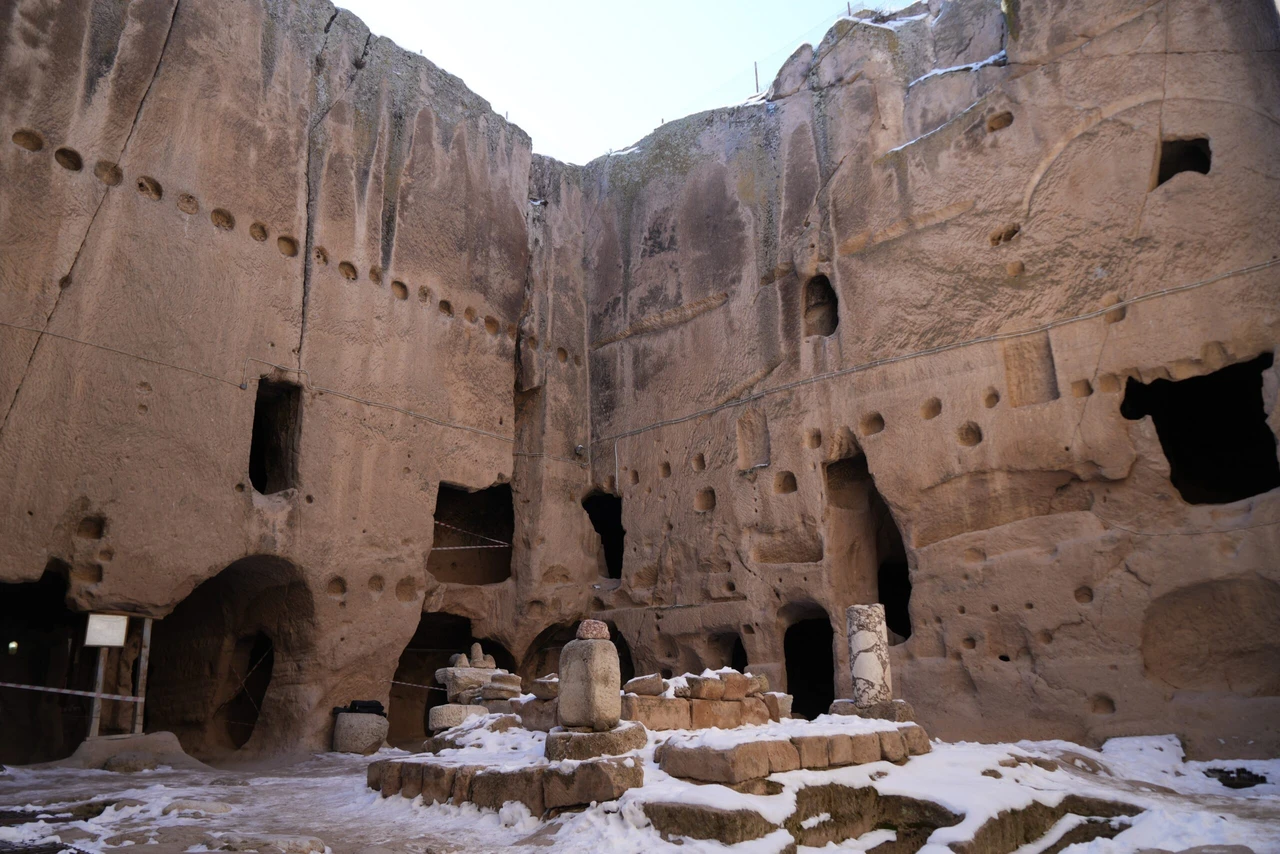How to watch April 2025 planetary alignment from Türkiye
 Perseid meteor shower is observed at Mount Nemrut Ruins, UNESCO World Heritage Site at the 2,150-meter-altitude in Adiyaman, Türkiye, August 11, 2024 (AA Photo)
Perseid meteor shower is observed at Mount Nemrut Ruins, UNESCO World Heritage Site at the 2,150-meter-altitude in Adiyaman, Türkiye, August 11, 2024 (AA Photo)
A rare celestial event will light up the early morning sky this spring. On April 17, 2025, four planets—Venus, Saturn, Mercury, and Neptune—will appear to align in a phenomenon often referred to as a planetary alignment or planet parade.
While it’s not the largest planetary gathering this decade, the sight promises to captivate sky watchers across the globe.
In Türkiye, the event will be best seen shortly before sunrise, especially in areas with low light pollution and a clear view of the eastern horizon.
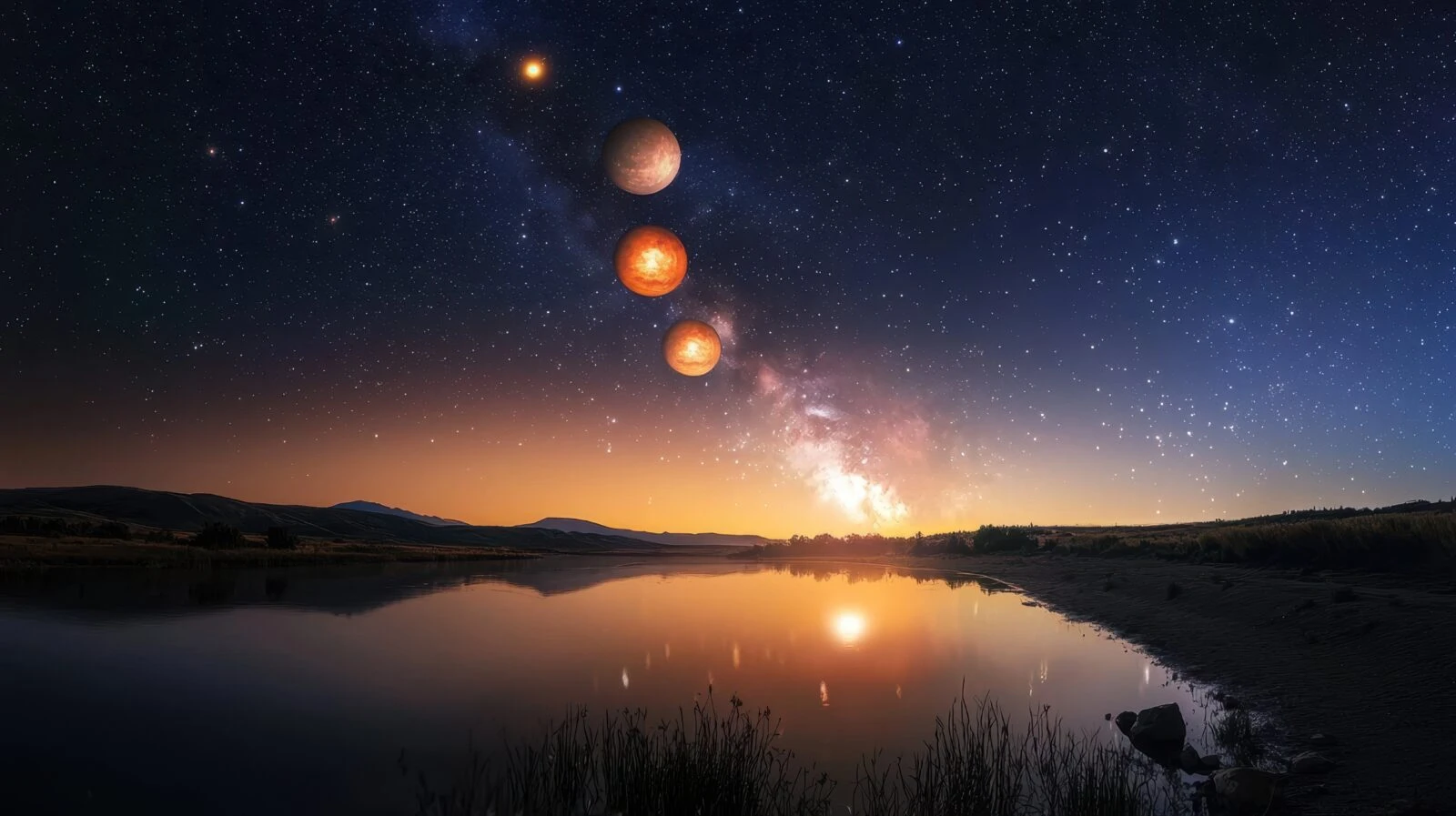
What is planetary alignment? Which planets will be visible in 2025
A planetary alignment occurs when multiple planets appear grouped in a small sector of the sky from our vantage point on Earth.
On April 17, the planets Venus, Saturn, Mercury, and Neptune will align in the constellation Pisces.
- Venus, known as the brightest planet in the sky, will be the easiest to spot—shining brilliantly just before dawn
- Saturn and Mercury will appear lower and dimmer, with Mercury approaching its greatest elongation a few days later, making mid-April an ideal time to view it
- Neptune, the faintest of the four, will require binoculars or a small telescope to observe
This event is classified as a small planetary alignment, meaning it includes four planets. These types of alignments are relatively rare and last only a few days, with April 17 being the most optimal date to catch them grouped in a narrow sky sector.
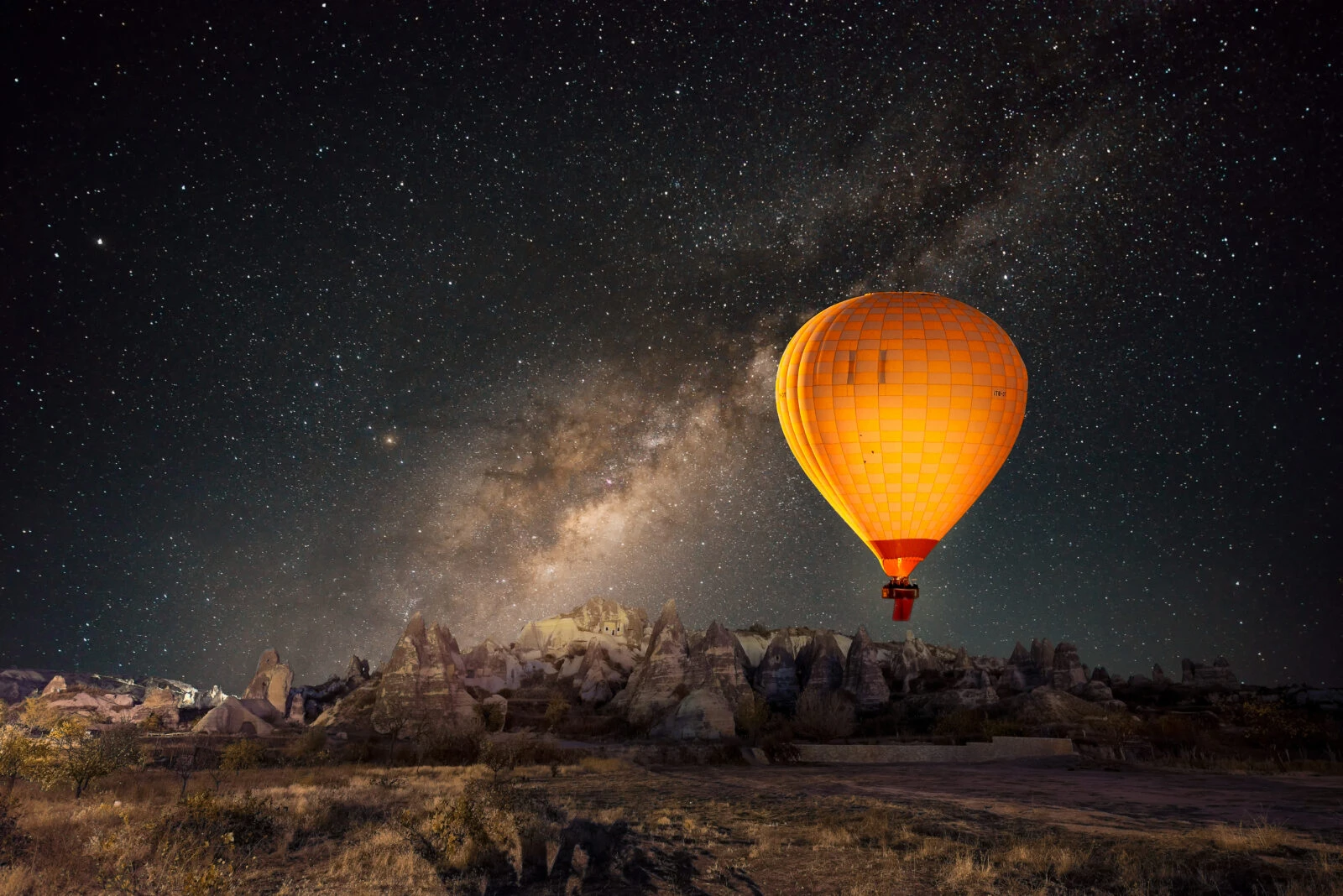
Best places in Türkiye to view April 2025 planetary alignment
While the alignment will be more prominent in the Southern Hemisphere, viewers in Türkiye will still be able to enjoy the spectacle, particularly from areas with clear, dark skies and an unobstructed view to the east.
Here are some of the best stargazing locations in Türkiye to watch the alignment:
- Mount Nemrut (Adiyaman): Famous for its giant statues and sunrise views, this UNESCO World Heritage Site offers a stunning panoramic horizon with minimal light pollution.
- Cappadocia (Nevsehir): Known for its open valleys and natural rock formations, the region is already popular for sky-related activities and offers ideal conditions before dawn.
- Kas and Patara (Antalya region): These coastal towns have limited light interference and flat landscapes, making them excellent for early morning observations.
- Lake Salda (Burdur): Remote, quiet, and surrounded by nature, this area offers one of the darkest skies in the country.
In cities like Istanbul, Ankara, or Izmir, the visibility of the alignment will be limited because of light pollution and low-altitude planets. However, elevated areas with a clear view of the eastern sky, such as Camlica Hill in Istanbul, can still offer a partial glimpse, especially of Venus.
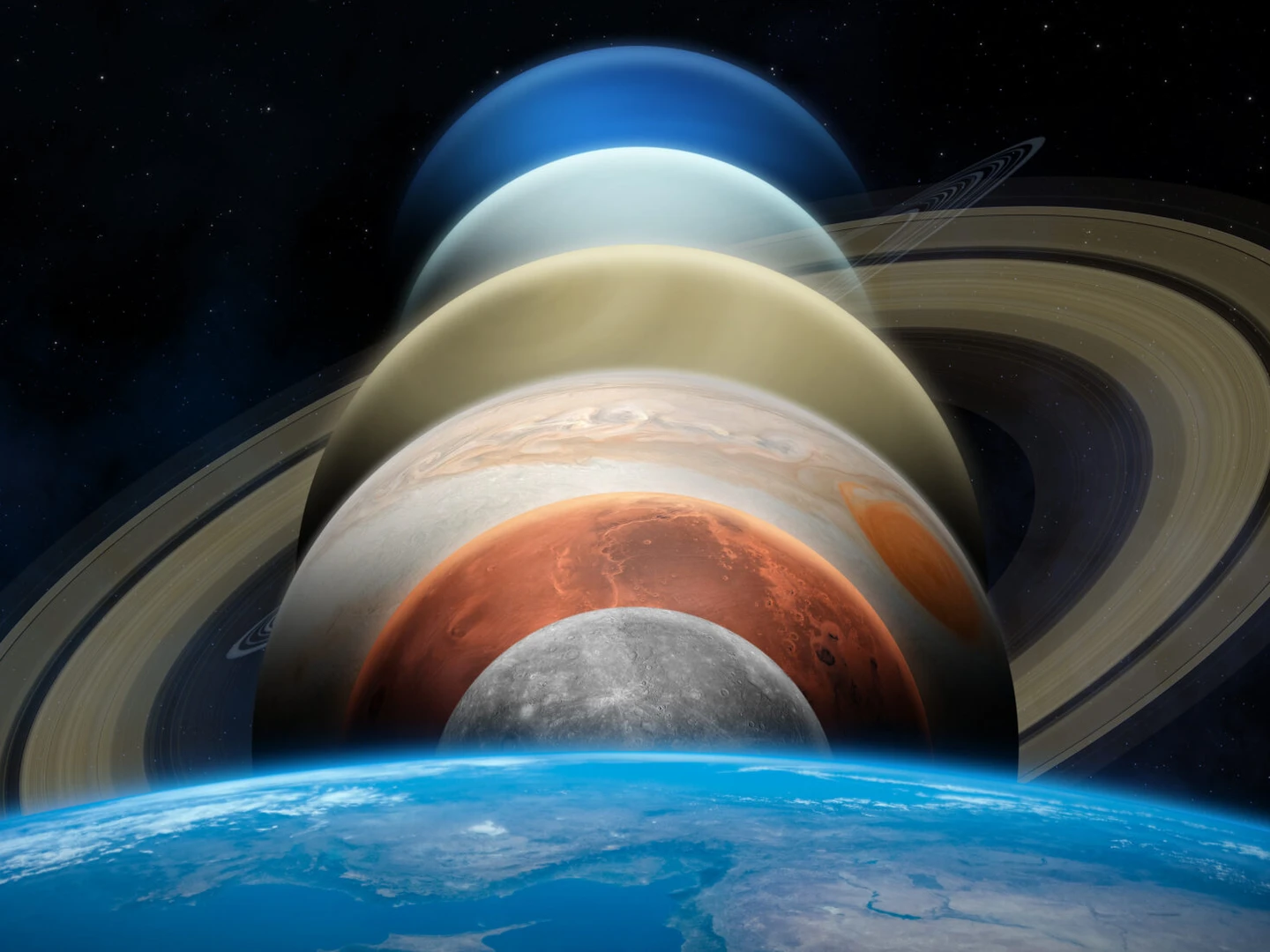
How to observe April 2025 planetary alignment without equipment
Observers in Türkiye and beyond don’t need specialized gear to enjoy this event, only a clear view and an early alarm. The alignment will be visible about one hour before sunrise, so the key is to be prepared and positioned in advance.
To enhance the experience:
- Find a dark location away from streetlights and buildings
- Make sure you have a clear view of the eastern horizon
- Allow your eyes 15–20 minutes to adjust to the dark
- Use a stargazing app to help identify planets and track their position in real time
- Binoculars can help you see Saturn and Mercury more clearly, while a telescope may be necessary for Neptune
Venus will be your easiest reference point—its unmatched brightness will help you locate the general area of the alignment. From there, trace downward toward the horizon to find Saturn and Mercury. Neptune will be very close to Mercury, but not visible without optical aid.
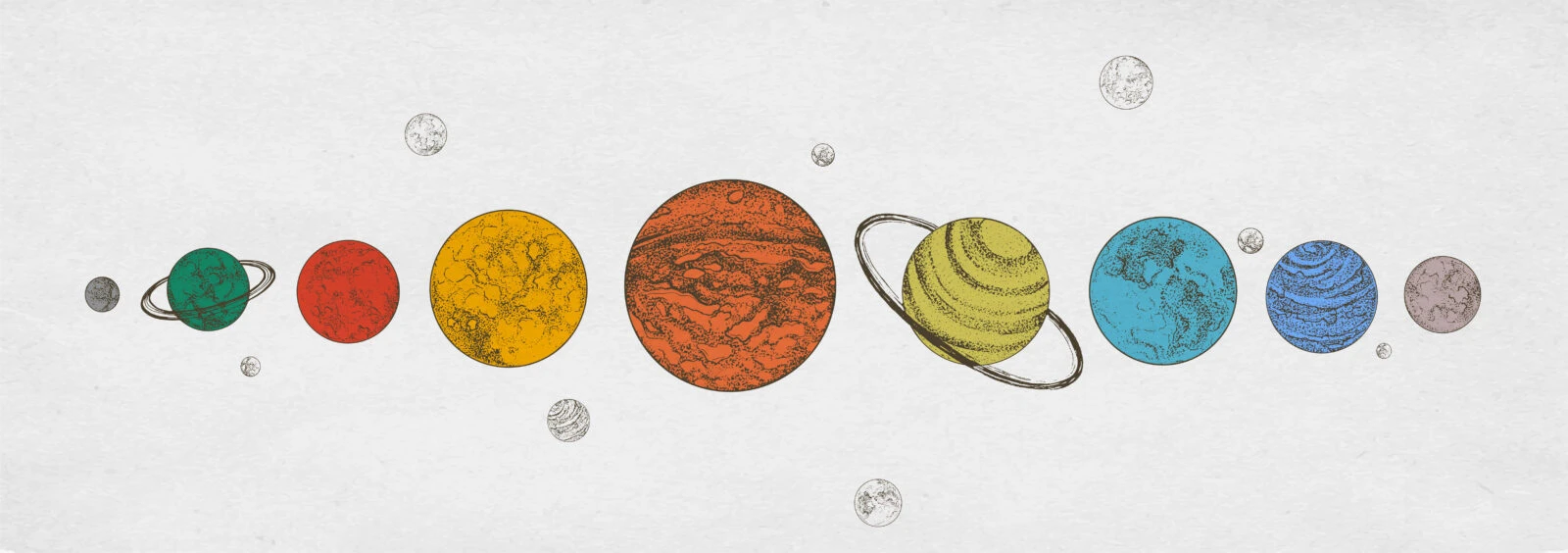
Myths about planetary alignments, why you should just enjoy it
Throughout history, unusual planetary groupings have sparked fear, speculation, and imaginative theories. But while these events are visually impressive, they have no mystical or destructive power. Here are three of the most common myths debunked by science:
- They cause natural disasters: From volcanic eruptions to massive earthquakes, planetary alignments have long been blamed for Earth-shaking events. Yet, during the major alignment of May 2000, scientists confirmed that the combined gravitational force of all the aligned planets was thousands of times weaker than that of the Moon and had zero physical effect on our planet.
- They signal the end of the world: Medieval Europeans panicked in 1186, and similar doomsday predictions resurfaced in 2000. But none of these alignments led to anything more than a spectacular sky view.
- The planets form a perfect straight line: While alignments may appear linear from Earth, the planets orbit in slightly tilted planes. What we see is a visual grouping near the ecliptic—not a cosmic line-up in space.
Rather than fearing them, planetary alignments are best enjoyed for what they truly are: rare and beautiful reminders of our place in the solar system.
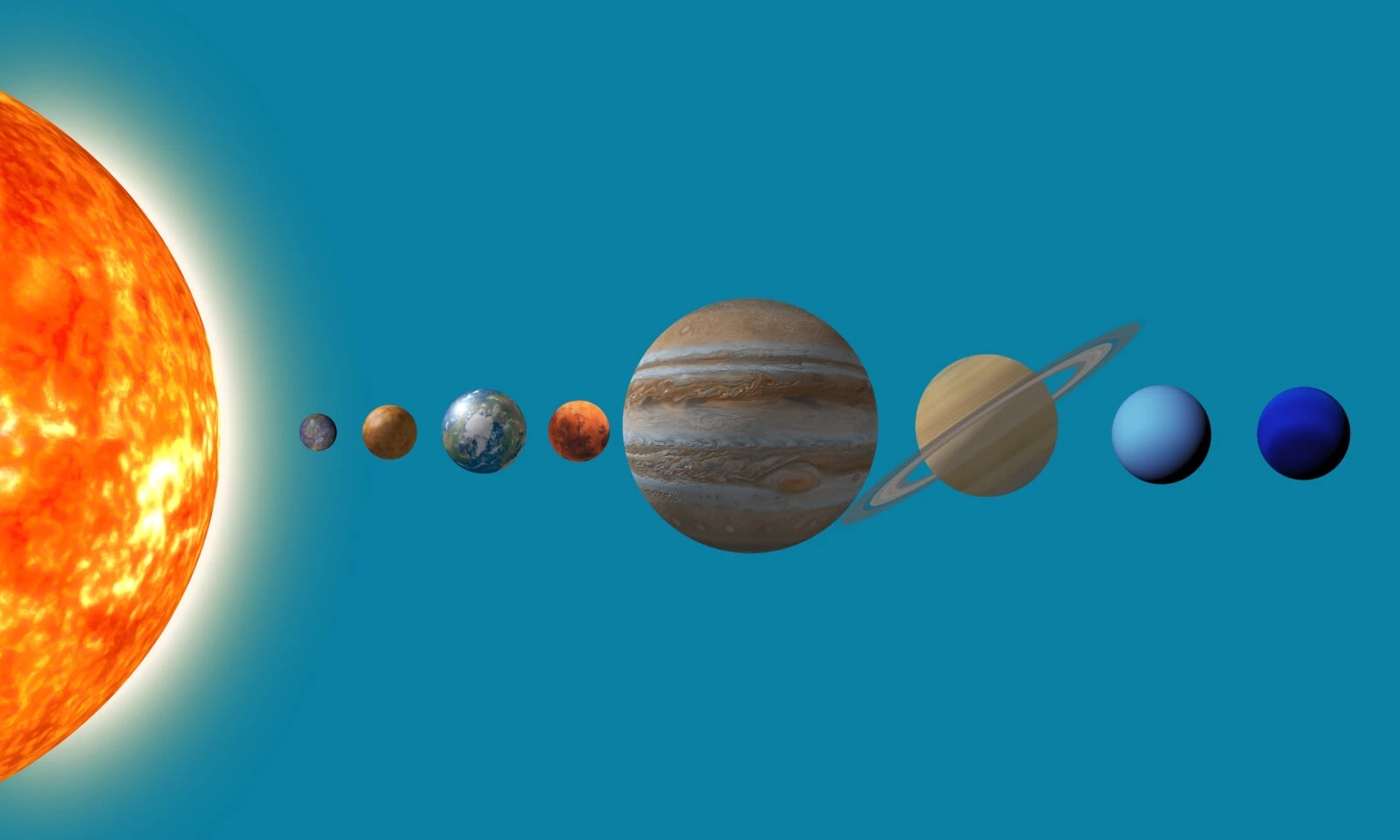
Upcoming planetary alignments after April 2025
If you miss April’s planetary alignment, there’s another opportunity coming later this year.
On August 10, 2025, a much larger planetary alignment featuring six planets – Mercury, Venus, Jupiter, Uranus, Neptune, and Saturn – will grace the early morning sky. That one is expected to be even more striking and visible from more locations, including Türkiye.
Planetary alignments are recurring but unique events. Each one offers a distinct combination of planets, viewing conditions, and timing. By witnessing them, observers not only enjoy a rare sight but also connect with a long tradition of sky watching shared by cultures around the world.
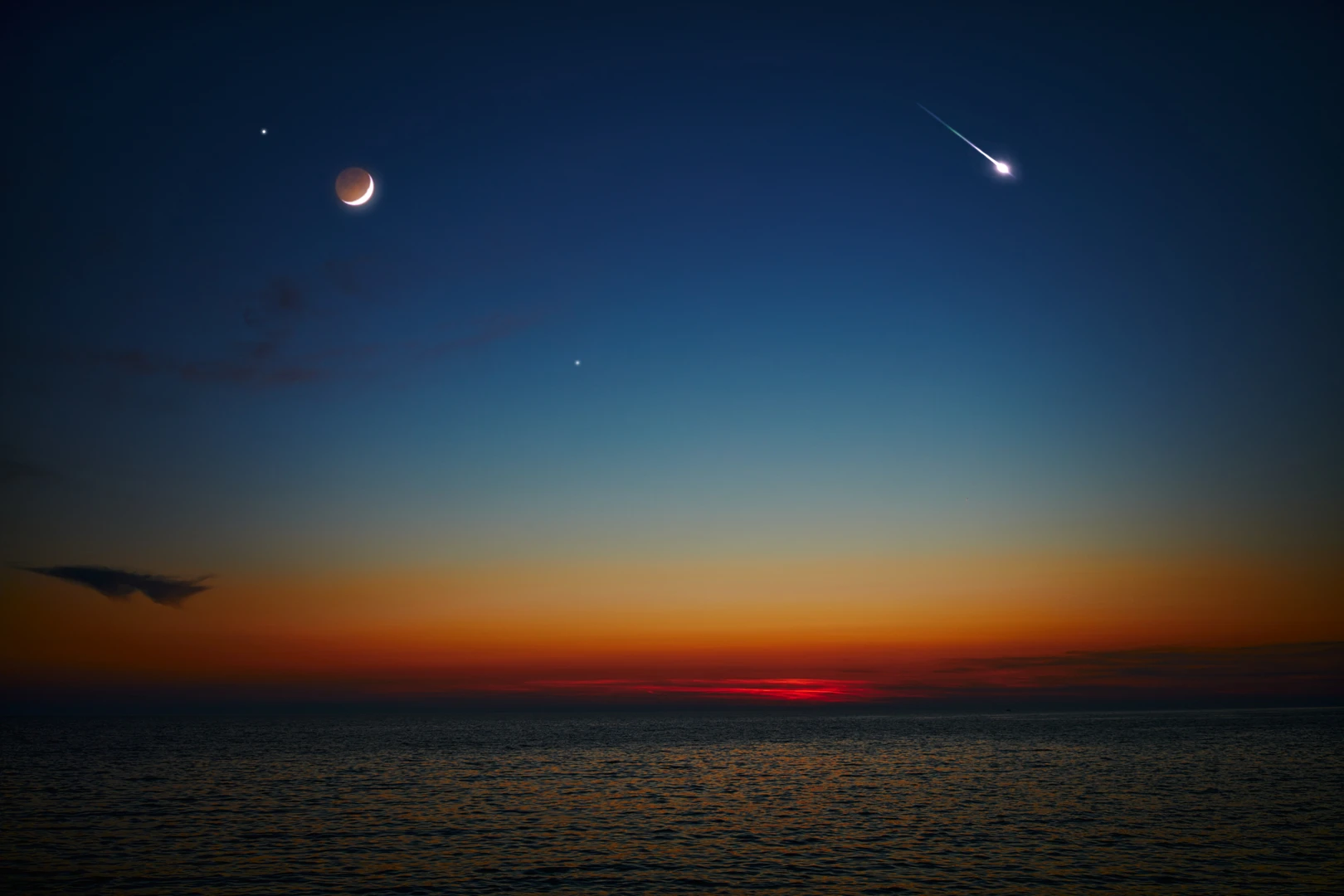
Final tips for those visiting Türkiye during April planetary alignment
Witnessing the planetary parade of April 17 can be an unforgettable addition to your trip if you’re an expat or tourist visiting Türkiye during this time. So, here are some tips to make sure you make the most out of it.
- Consider booking accommodation near remote stargazing sites or joining local astronomy tours that may be active around this date
- Don’t forget to check sunrise times for your location and monitor weather conditions the night before
- Even a few scattered clouds can obscure the planets, so flexibility is key
In the end, the best tool you’ll need is curiosity. With little more than your eyes and a quiet place to watch the sky, you’ll be part of a global audience looking up on the same morning, watching four worlds briefly line up in a fleeting cosmic dance.



